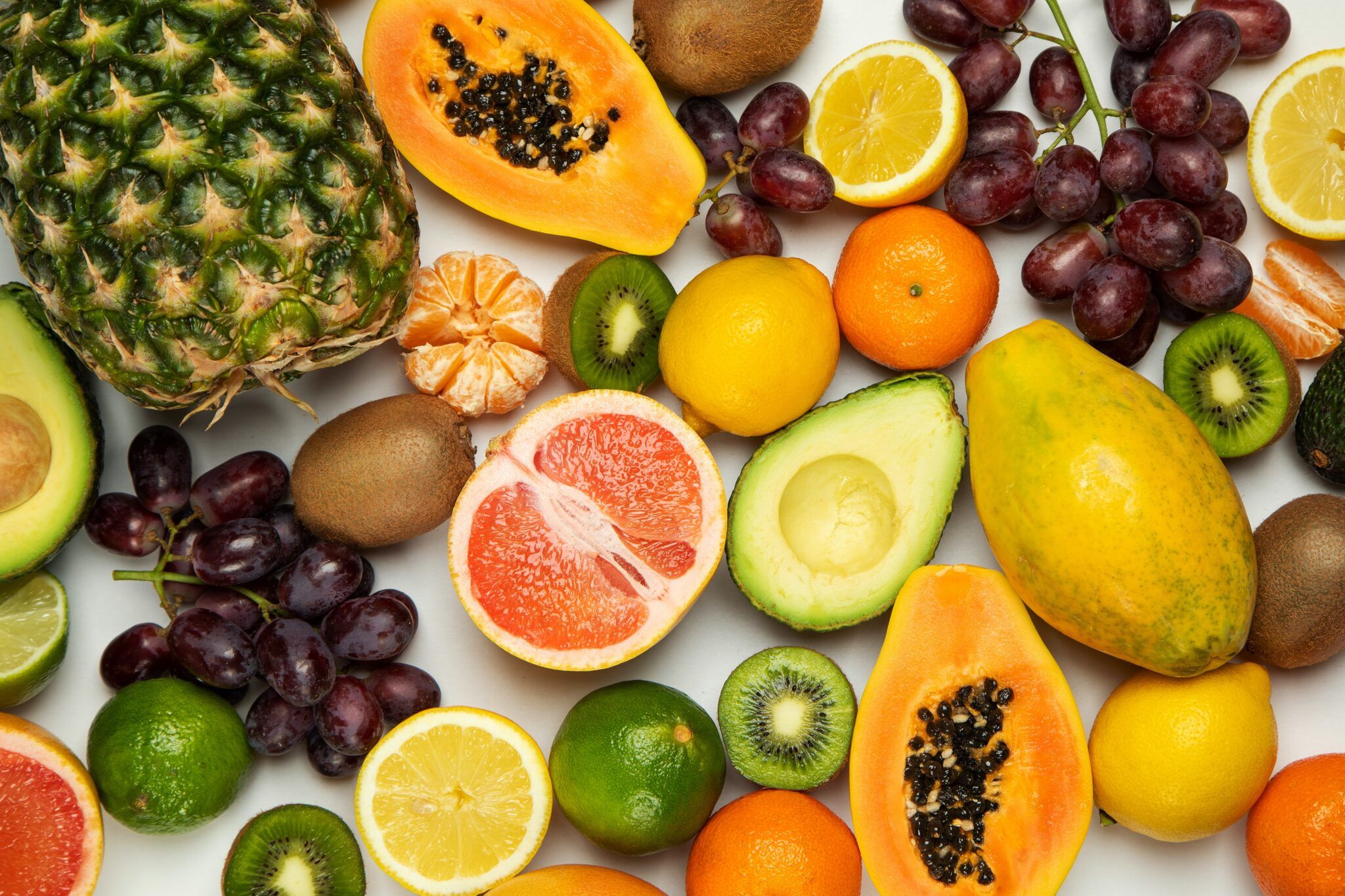The ketogenic diet has gained popularity world wide. By focusing on low-carbohydrate intake and enhancing the body’s ability to utilize fat for energy, keto has become a go-to choice for those who haven’t found success with other diets.
But here’s the thing: getting into ketosis, that’s the fat-burning state you want, isn’t a walk in the park. It can take weeks of changing your diet or a few days of fasting. And it’s not a half-hearted effort; you’ve got to fully commit to the keto lifestyle. But don’t worry, there are some tricks to speed up the process. Before we dive into those, let’s break down the science behind ketosis in simple terms.
Ketogenic Diet Basics
Ketosis simply means the body has elevated ketone levels, generally agreed upon as over 0.5mM. This can happen through two processes.
The first is through diet or fasting, in which the body produces its own ketones and is in a “ketogenic” state (called endogenous ketosis). The second is when the body receives ketones from an external source, such as a ketone drinks. Though the body is in a state of ketosis through exogenous means, it isn’t ketogenic because it’s not producing its own ketones.
Keto Diet Background and Science
You know, there was a time when people thought eating lots of fat was a big no-no. They said it would give you heart problems, diabetes, and whatnot. But guess what? Research started showing that maybe fat wasn’t the bad guy after all.
Nowadays, we’ve got these low-carb, high-fat diets making a comeback, like Atkins and keto. Doctors and scientists are realizing that fat got a bad rap when it comes to obesity. Some recent studies even suggest that low-carb diets might have some cool advantages over low-fat ones. It turns out, eating fat might be the key to losing fat and staying healthy.
Our bodies are designed to run on a mix of carbs and fat, depending on what we eat. Carbs turn into energy through something called blood glucose, or they’re stashed away in our liver as glycogen, a kind of energy reserve. When we eat sugar, it triggers a hormone called insulin, which tells our body to use sugar for energy and store the rest as fat. So, every time you chow down on carbs, you kinda put the brakes on your fat-burning engine.
But here’s the twist: when you cut way back on carbs, your body starts leaning more on fat for energy. Here’s the catch, though – fat isn’t the brain’s favorite fuel because it can’t easily get into the brain. The brain’s a real sugar lover. That’s where ketones step in.
When you’re in this thing called ketosis, your body, especially your liver, starts turning fat into ketones for energy. And when the level of ketones in your blood goes up, typically above 0.5mM, that’s when you can say, “Hey, I’m in ketosis!” Ketones become the brain’s new BFF, helping power your noggin and your body.
Now, some folks think that going keto means ditching all carbs. Not exactly. It’s more like you seriously cut down on them. But here’s the kicker: everybody’s got their own carb limit to stay in ketosis. A good rule of thumb is to aim for no more than 50g of net carbs a day. If you’re a real gym rat or super active, you might be able to sneak in a bit more – some athletes claim they can handle 100g to 150g of carbs and still stay keto.
So, here’s the deal: by making some tweaks to your diet, you can train your body to swap from using sugar to burning fat and ketones for fuel. It’s like a secret switch for your metabolism!
Benefits of Ketosis
And there’s more to keto than just losing weight! It’s got some cool health benefits that scientists are digging into.
For starters, it can help people with type I and II diabetes. By cutting down on carbs and keeping those blood sugar levels in check, keto can be a real game-changer.
Plus, if you’ve ever struggled with hunger and overeating, a high-fat diet like keto might be your new best friend. It can help you feel full and keep those cravings in check.
Here’s a mind-blowing one: keto can actually work alongside medical treatments for conditions like epilepsy, Parkinson’s, and even Alzheimer’s. That’s some serious potential right there!
And get this, research is hinting that keto could be a superhero when it comes to things like inflammation and aging. Who wouldn’t want a piece of that action?
So, if you wrap your head around how keto works, you can speed up your journey to staying in ketosis. But here’s the hitch: there’s a tricky transition when your body switches from its regular metabolism to using fat and ketones for fuel, and that can trip up some keto newbies.
Avoiding the Keto Flu
Hey, brace yourself for a transition period when you dive into keto. It’s like your body needs a bit of time to get used to all the changes. Some people experience something called the “keto flu,” and it’s pretty common.
This keto flu is a set of symptoms that pop up when your body misses those carbs it used to love. It can make you feel moody, irritable, tired, and even dizzy. Weird, right? But here’s the kicker: it’s kind of like how people feel when they quit certain addictive substances, like sugar. Yep, studies have even suggested sugar can be as addictive as stuff like cocaine.
Now, if you get hit hard by the keto flu, you might think about throwing in the towel on keto. But here’s the smart play: tweak your carb and fat intake, make sure you’re getting enough electrolytes (sodium and potassium are the champs here), and summon some inner strength to push through this short period of discomfort. Your body’s going through a learning phase as it switches to a new fuel source.
Oh, and sleep is your friend during this time. Catch those Z’s – it can help take the edge off the keto flu. Plus, you can’t argue with the awesome benefits of a good night’s rest!
Stay hydrated and keep that electrolyte balance in check. Everyone’s different, so you might need to play around with the right amount of electrolytes for your body. Hydration and electrolytes are your allies in warding off the keto flu.
Lastly, don’t skimp on calories. Keto can make you feel full for longer, which is cool. But be careful not to under-eat and push your body into full-blown starvation mode while it adapts to keto. Instead, load up on enough fats to keep those sugar and carb cravings at bay. They’ll fade away as your body adjusts – just give it some time.
We’ll chat more in part two about how to keep the keto train rolling and make it a lifestyle!
Love And Wellness,
Photo by Loija Nguyen on Unsplash







